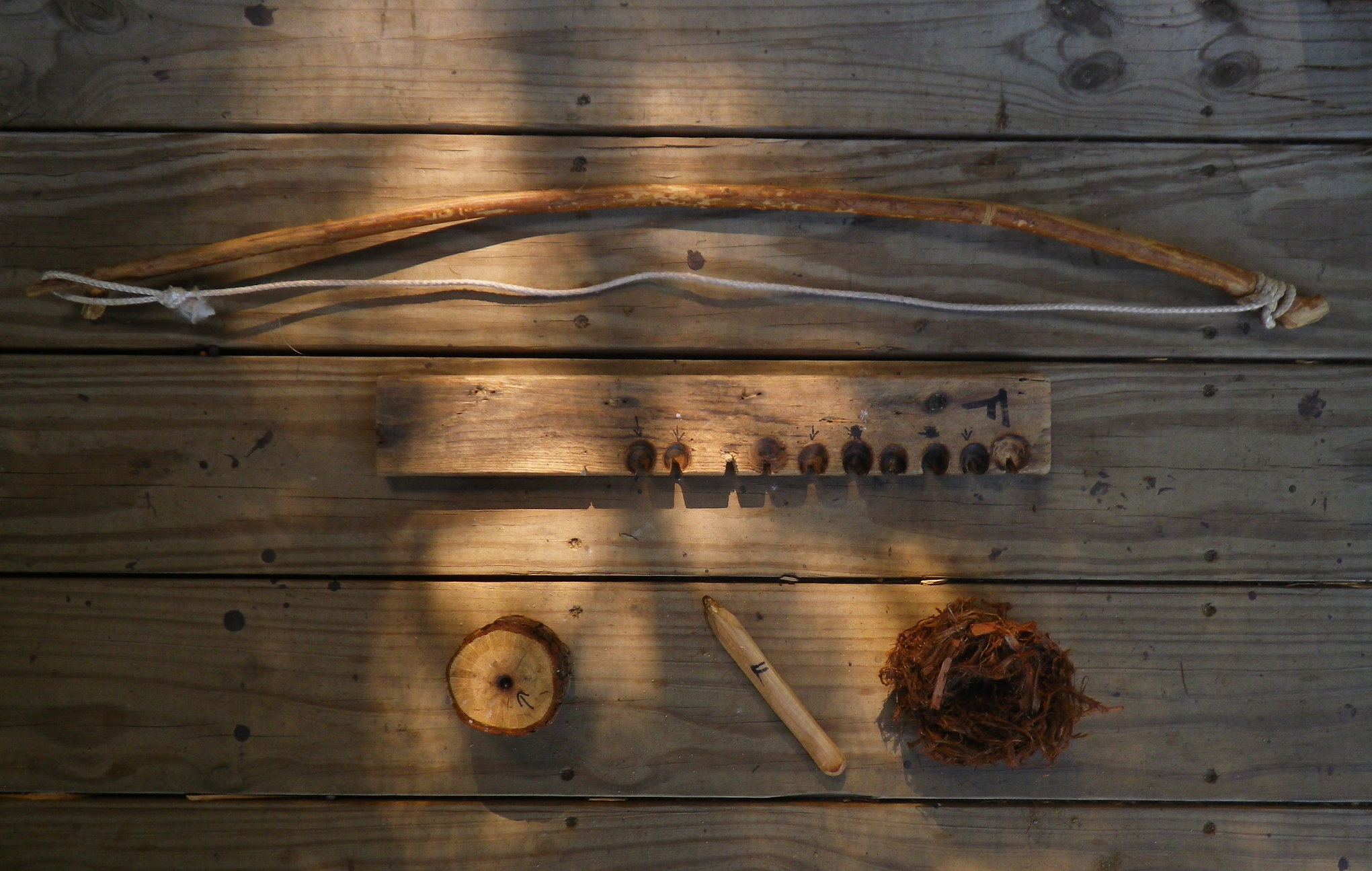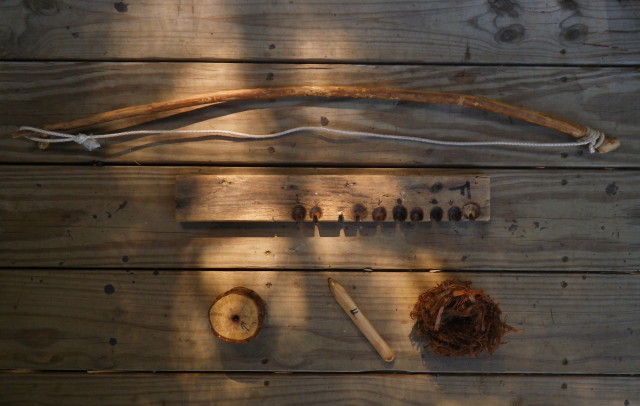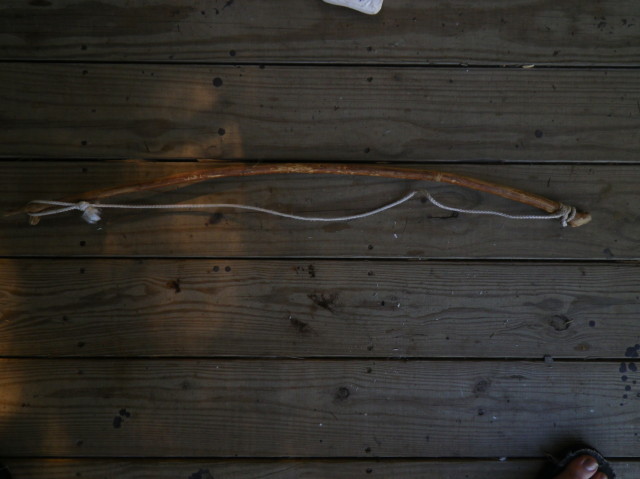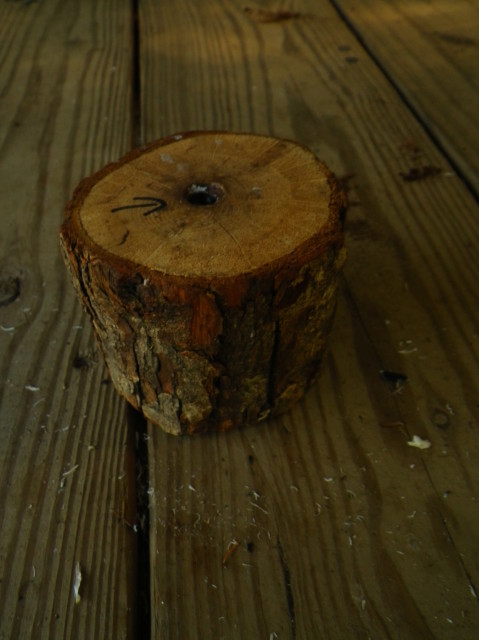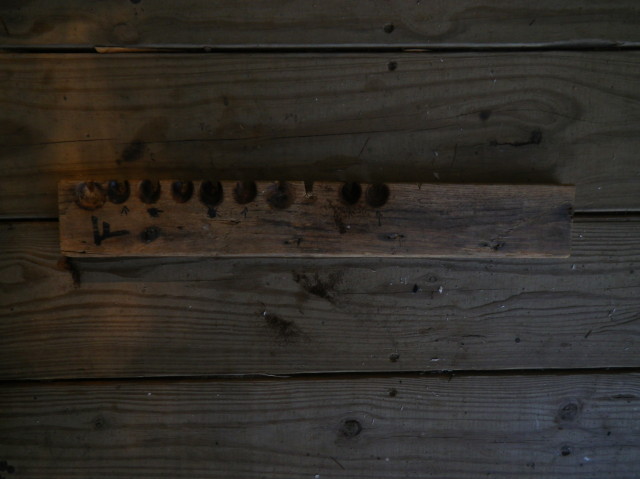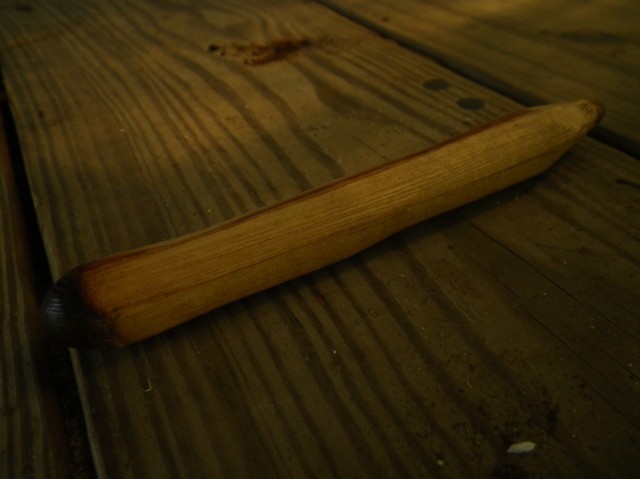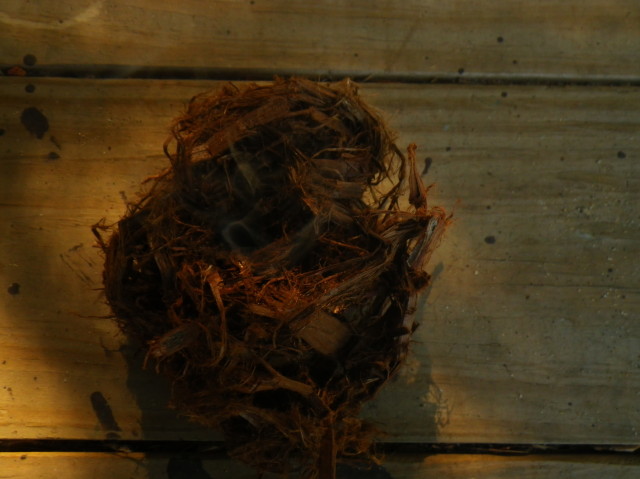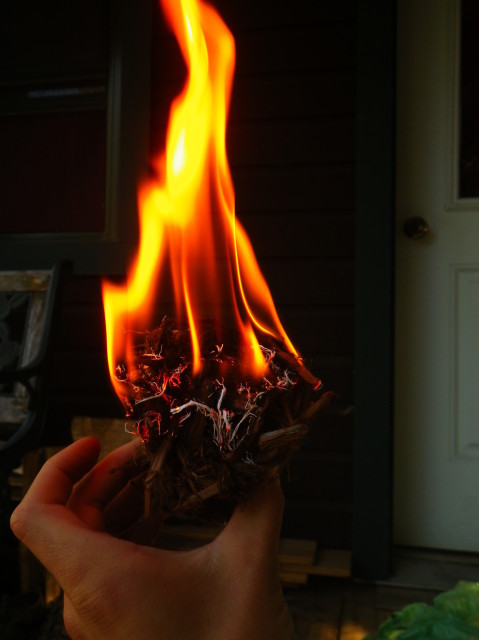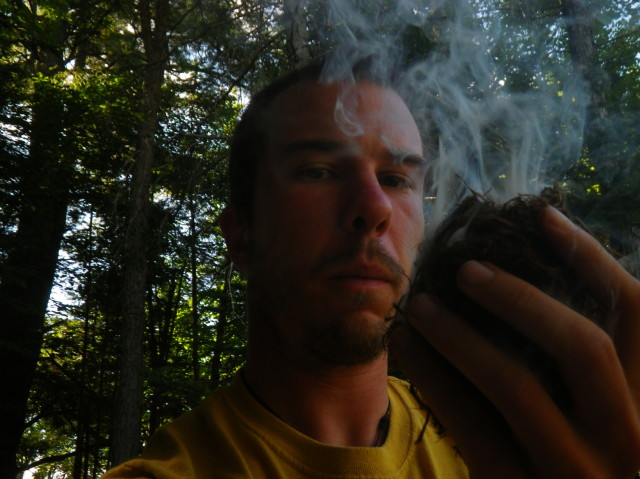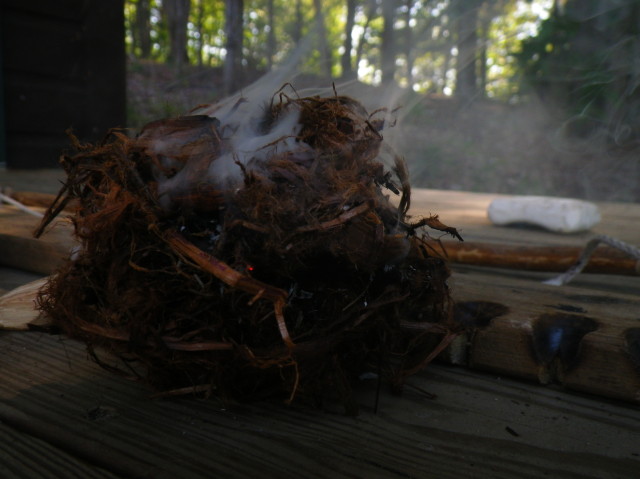Unfortunately, this time around, I do not have an epic story about my adventures in the Great North Woods. I know, I know. We all loved to hear about what crazy expedition I have gone on next. But today, I am going to talk about something just as equally exciting: Primitive Fire.
Primitive fire is one of my favorite hobbies, and it just so happens to be my most popular program at Umbagog Lake. This doesn’t surprise me because, after all, who doesn’t like working with fire? From the moment we learn of its existence we are captivated by the mystical properties of fire, gazing into the mesmerizing flames as they flicker in the cool night air. Nowadays anyone can make a fire instantly with just a flick of a match, or the click of a lighter, but that is not what I teach in my program.
How To Use a Bow Drill Kit
A bow-drill kit is a very simple tool to start a fire. It consists of six parts:
- a bow,
- handhold,
- fireboard,
- drill,
- tinder bundle,
- and a coal catcher.
Bow:
Unless you know how to make cordage from natural materials, all but the cordage for the bow can be easily obtained in nature. I typically make my bows out of curved branches, but you can use anything as long as it has a nice curve in it.
Handhold:
The handhold can also be made of just about anything too, but I tend to use a small chunk of wood.
Fireboard & Drill:
The fireboard and the drill are the key components here. I make those out of cedar wood because, through experimentation, I find that cedar works best. Theoretically, you can use just about any wood that you can make a mark into with your fingernail.
Tinder Bundle:
I make my tinder bundles out shredded cedar bark, but you can use anything that is light and fluffy and easy to ignite.
Coal Catcher:
Finally the coal catcher is anything that you can fit under the fireboard to catch your coal. You could use a leaf, a piece of bark, anything flat and dry. Otherwise you would have to pick the coal up with your hands, and we all know how that would turn out.
Ready to Start
Once you have all these materials you are ready to start. All you need to do is cut a small notch into your fireboard. This is where all your wood dust from your drill and fireboard will collect.
Then you just wrap the bow around the drill, nock the drill between your handhold and the fireboard (where you placed your notch), and then just play the cello.
As the bow moves back and forth the cordage will spin the drill which grinds into the fireboard. This will produce wood dust which will hopefully fall into the beautiful notch you just made.
As it collects, the friction from the drill rubbing into the fireboard will, eventually, ignite your dust into a coal baby.
Then, you have to nurture that coal baby by gently placing it in its tinder bundle nest and lightly blowing it into life.
Viola you have fire!
Now, I make this sound really easy. In reality primitive fires take a lot of hard work and determination. It took me about a month and a half to produce my first coal baby. So when someone from my audience manages to produce a coal, we celebrate by busting out the marshmallows. Maybe that person can be you.
By: Anthony Vincente, Interpretive Ranger at Umbagog Lake State Park

